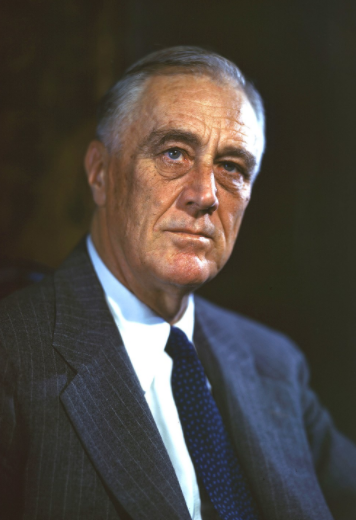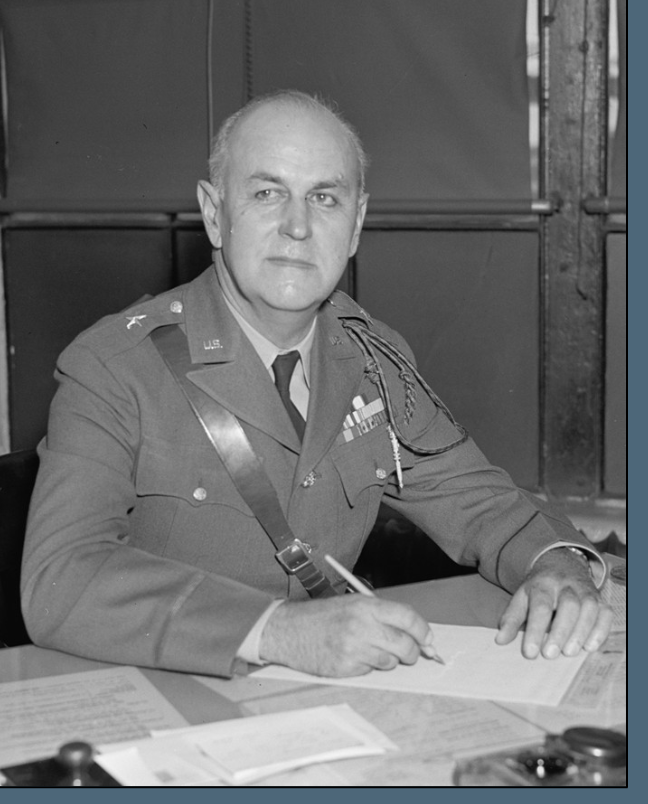On June 8, 1943, the Zoot Suit Riots finally concluded, but the lives of Mexican Americans hadn’t changed for the better. The press advertised the riots, publishing pictures of bleeding Mexican boys after fights. They sensed the riot's racial prejudice was damaging LA's reputation and wrote the apparent racism was exaggerated. Mayor Fletcher Brown claimed the riot’s eruption wasn’t due to racial tension in LA, and juvenile delinquency caused them. Major General Maxwell Murray issued a memorandum warning the military they wouldn’t tolerate rioting. Military officials blamed the police for lawlessness in the riots, so they were charged with negligence. On the other hand, the police said servicemen were at the center of the rioting. Eventually, the McGucken Report came out, which determined the cause of the riots was racial discrimination. Nonetheless, there were many conflicting views on who could actually be blamed for the riots.
As the news of the Zoot Suit Riots and McGucken Report spread across the country, Los Angeles received a lot of backlash. Eleanor Roosevelt felt the Zoot Suit riots were caused by racism, and she expressed concern about how the states bordering Mexico treated Mexican Americans. She thought the state needed to work on stopping discrimination. However, the LA Times argued the Mexican American’s “juvenile phase” was instead to blame. They proceeded to call Mrs. Roosevelt “ignorant” and a “communist.” The LA Times stated, “Mrs. Eleanor had reasons of her own and twisted the Zoot Suit Riots into something that it isn’t– a race hatred problem.” The LA Times brought important race issues out of the spotlight and disregarded the real issue of the riots. Ironically, this debate on racism occurred at a time when Mrs. Roosevelt’s husband had signed an order to imprison Japanese Americans in internment camps. Mrs. Roosevelt’s and the LA Times’ views conflicted, dividing the country yet again.




